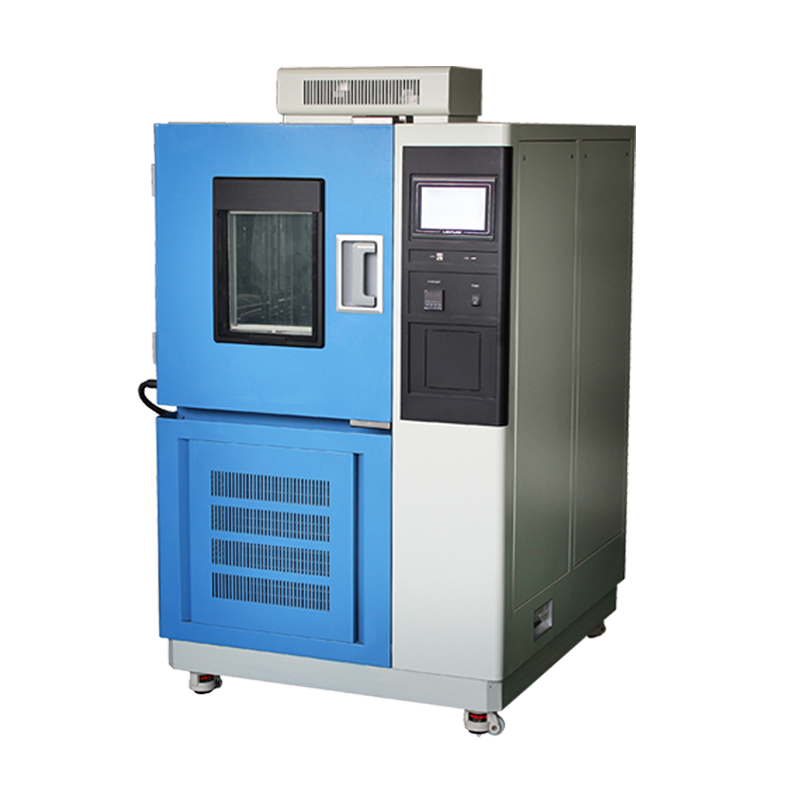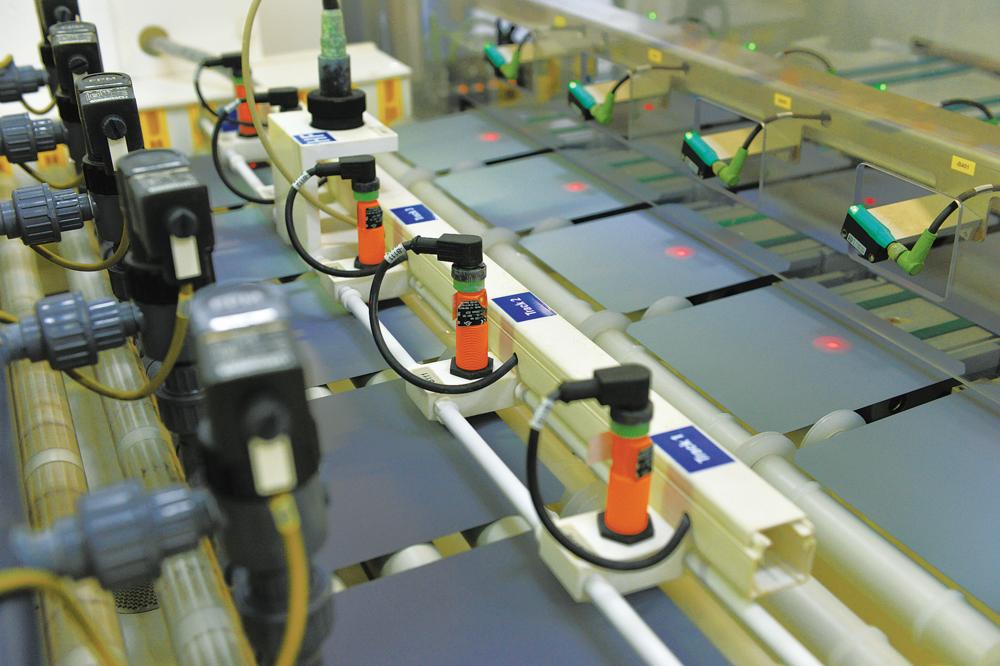High and low temperature test chambers are devices capable of simulating extreme temperature conditions, typically including both high and low-temperature testing functions. They are considered indispensable tools in modern scientific research for the following reasons:
Material Research: High and low temperature test chambers are crucial for studying the performance of materials under varying temperature conditions. Scientists can use these chambers to simulate material behavior in extreme temperatures, such as melting, expansion, and deformation under high temperatures, as well as embrittlement and strength changes under low temperatures. This helps in understanding the thermal properties, thermal expansion and contraction characteristics, and cold resistance of materials, thereby guiding their design and application.
Product Reliability Testing: For many products, especially electronic devices, automotive components, and aerospace equipment, their operating environments may involve extreme temperature conditions. By using high and low temperature test chambers, scientists and engineers can evaluate the reliability, stability, and performance of products under high and low-temperature environments. This aids in identifying and resolving potential issues that may arise under extreme temperature conditions, ensuring reliable operation across various environments.

Environmental Simulation: High and low temperature test chambers can also be used to simulate specific geographic or environmental temperature conditions. For example, in polar research, scientists can use low-temperature chambers to simulate frigid climates to study their impact on organisms and equipment. Similarly, for tropical region studies, high-temperature chambers can replicate hot and humid conditions to assess the adaptability of materials and devices.
Quality Control and Standardization: High and low temperature test chambers play a vital role in quality control and product standardization. Many industries and fields have specific temperature requirements and standards that products must meet during testing and validation. These chambers provide repeatable and controllable conditions, ensuring products comply with standards and maintain consistent performance across varying temperature conditions.
In summary, high and low temperature test chambers are indispensable in modern scientific research. They provide critical temperature simulation capabilities for material research, product reliability testing, environmental simulation, and quality control, enabling scientists and engineers to thoroughly investigate and understand the behavior and performance of materials and products under different temperature conditions.














